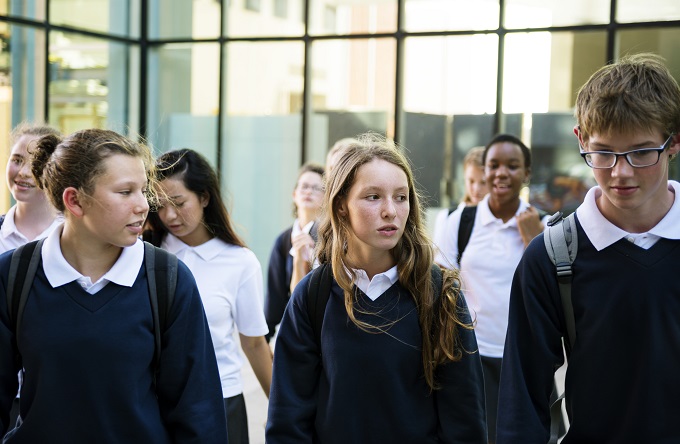
© Rawpixel.com Images - stock.adobe.com
<h3>The Ministry of Education has published 2018 school leaver attainment data on its Education Counts website.</h3>
<p>The data contains a range of different measures of senior secondary school attainment, including NCEA Levels 1, 2 and 3 and University Entrance Award as well as retention for students aged up to 17.</p>
<p>It also includes attainment for 18-year-olds, vocational pathway awards and information on students’ tertiary education destinations.</p>
<p>Attainment for Māori students in Māori-medium education increased in 2018 by 3.2 percentage points at Level 2. NCEA Level 2 attainment of Māori students in Māori-medium schooling is now higher than the Level 2 attainment for all school leavers combined.</p>
<p>There were small declines, around 1 percentage point, cross all school leavers in NCEA levels 1, 2 and 3, and a 2.7 percentage points decrease for Māori school leavers at NCEA Level 2. There was also a slight decrease over-all in university entrance award attainment.</p>
<p>These small declines are expected to decrease to some extent as students return to study later in the year.</p>
<p>Dr Craig Jones, Deputy Secretary, Evidence, Data and Knowledge, said over-all attainment remained high despite the small declines. Dr Jones noted that a buoyant labour market appears to be leading some students to go straight into employment rather than staying on at school.</p>
<p>He also welcomed the increase in attainment in NCEA by Māori-medium ākonga/learners, demonstrating what can be achieved when teachers engage students in their learning by connecting with their identity, language and culture.</p>
<blockquote>
<p>&#8220;The increased numbers in Māori-medium achieving NCEA level 2 is really encouraging and shows just what can be achieved when schools have high aspirations for their ākonga/learners and personalise their learning,&#8221; Dr Jones said.</p>
</blockquote>
<p>He said the Ministry of Education was working on a number of initiatives to strengthen Māori-medium education and to support Māori and Pacific learners in English-medium as part of the Education Work Programme.</p>
<p>Te Hurihunganui, which received $42 million in Budget 2019, aims to support educators, whānau, hapu and iwi, to strengthen the place of Māori language, culture and knowledge and to engage Māori, including local curriculum design.</p>
<p>Budget 2019 also included $27 million, to be invested over four years, to enhance the identity, language and culture of Pacific learners and help build the skills and knowledge they need to pursue their educational aspirations.</p>
<blockquote>
<p>&#8220;We will be learning from the remarkable successes in Māori-medium to see how the same outcomes can be achieved for Māori and Pacific ākonga in English-medium settings.</p>
</blockquote>
<p>&#8220;It will be important for all school leavers to continue lifelong learning so that they have the skills and qualifications to adapt when economic circumstances change.&#8221;</p>
<p>Dr Jones added: &#8220;Changes to vocational education, announced recently by Minister Hipkins, will help make it easier for school leavers to learn new skills and gain knowledge no matter where they are in their education or career.&#8221;</p>
<p>School leaver statistics can be found here: <a href="https://www.educationcounts.govt.nz/statistics/schooling/senior-student-attainment/school-leavers" target="_blank" rel="noopener noreferrer">https://www.educationcounts.govt.nz/statistics/schooling/senior-student-attainment/school-leavers</a></p>
<p><a href="https://www.educationcounts.govt.nz/statistics/schooling/senior-student-attainment/18-year-olds-with-level-2-or-equivalent" target="_blank" rel="noopener noreferrer">https://www.educationcounts.govt.nz/statistics/schooling/senior-student-attainment/18-year-olds-with-level-2-or-equivalent</a></p>

EXCLUSIVE: Teachers used to be paid two to three times more than minimum wage workers,…
After an “overwhelming” vote to reject the latest Government offer, secondary school teachers will begin…
Second-language learning should be compulsory, says a new report from a forum bringing together academics,…
A new entitlement aimed to improve access to learning support coordinators for schools with students…
Educators have raised questions about the Ministry of Education’s new secondary school subjects, set to…
Professional learning and development (PLD) for teachers needs to be higher impact for teachers and…
This website uses cookies.